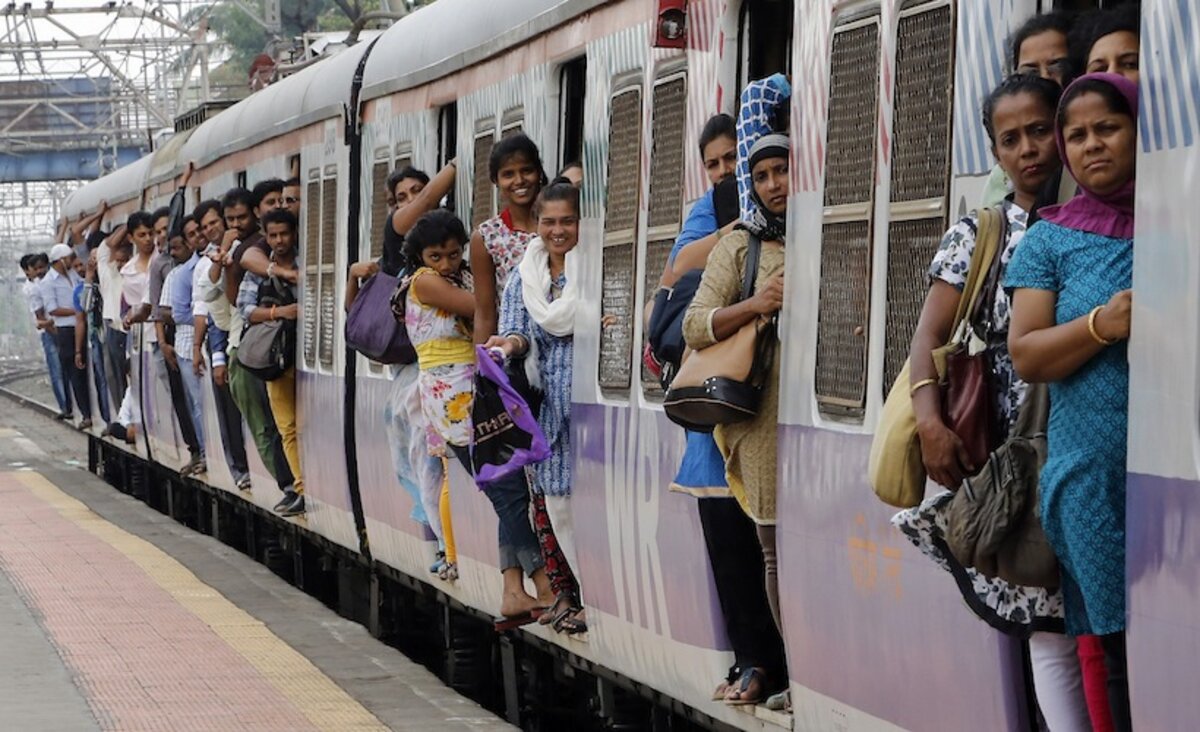The new era of urban humanity
Loading...
If metro New York were a country, its economy would rank 13th in the world, larger than that of Mexico or South Korea.
Mumbai (formerly Bombay) is the world’s most densely populated city, known for its chaos and poverty. Yet all the vibrancy of this Indian city allows it to thrive as the center of the world’s largest film industry (“Bollywood”).
Tokyo, which was destroyed twice in the 20th century (earthquake and American fire-bombing) is today the world’s most populous city at nearly 40 million people.
Such superlatives about supersized cities help explain why a critical threshold has now been reached in the 10,000-year history of urban civilization. On Thursday, the United Nations declared for the first time that more than half of the people on the planet live in cities. Only 70 years ago, less than a third did. And by 2050, two-thirds of people will be living in cities.
The rapid pace in urbanization has many causes, such as better transportation and a rise in manufacturing. China, for example, has seen the world’s largest migration as more than 150 million rural people have moved to cities in recent decades for factory jobs and better education after the country embraced a market economy.
But a deeper cause likely drives people to live in close proximity to each other and put up with noise, traffic, pollution, and high prices.
This global trend could mark the 21st century as the Urban Era, or rather the era of hope. A growth in cities is really a measure of humanity’s rising aspirations for a better future.
In rich and poor nations alike, many cities are better known for their slums. Think of Rio’s favelas or Calcutta’s armies of beggars and ragpickers. One in 8 people now lives in one of 29 megacities, or those with more than 10 million people. Yet often people willing to live in urban poverty are there for only one generation, earning just enough to eventually join the middle class.
Cities are escalators to the good life. They are dream factories. Urban migrants put up with squalor in order to lift their families out of generations of rural stagnation.
Cities not only offer freedom from something but a freedom to do something.
Even though cellphones and the Internet have created a more connected yet virtual type of living, people are now flocking to cities. They find the mix of competition and cooperation spurs innovation. Spontaneous social interactions lead to new opportunities. In the United States, a quarter of scientists and engineers live within a few miles of five metropolitan areas. They need to be close to others like them to spur fresh ideas.
In countries where national politics have become polarized, many city mayors are now heroes for their creative and pragmatic governance, such as Joko Widodo, the mayor of Jakarta, Indonesia. In many ways, New York has more in common with Shanghai or London than Washington. In the US, cities often outshine states: The top 10 urban areas in America produce more than 37 states combined.
In 1961, neighborhood activist Jane Jacobs wrote in “The Death and Life of Great American Cities” about the practical qualities of city life, such as learning to live with each other. Cities must cope with many problems, such as garbage and crime. Think of Detroit’s bankruptcy or Beijing’s air pollution. But now that they are the dominant choice of habitation for most people, they are a shining symbol of inevitable progress.




